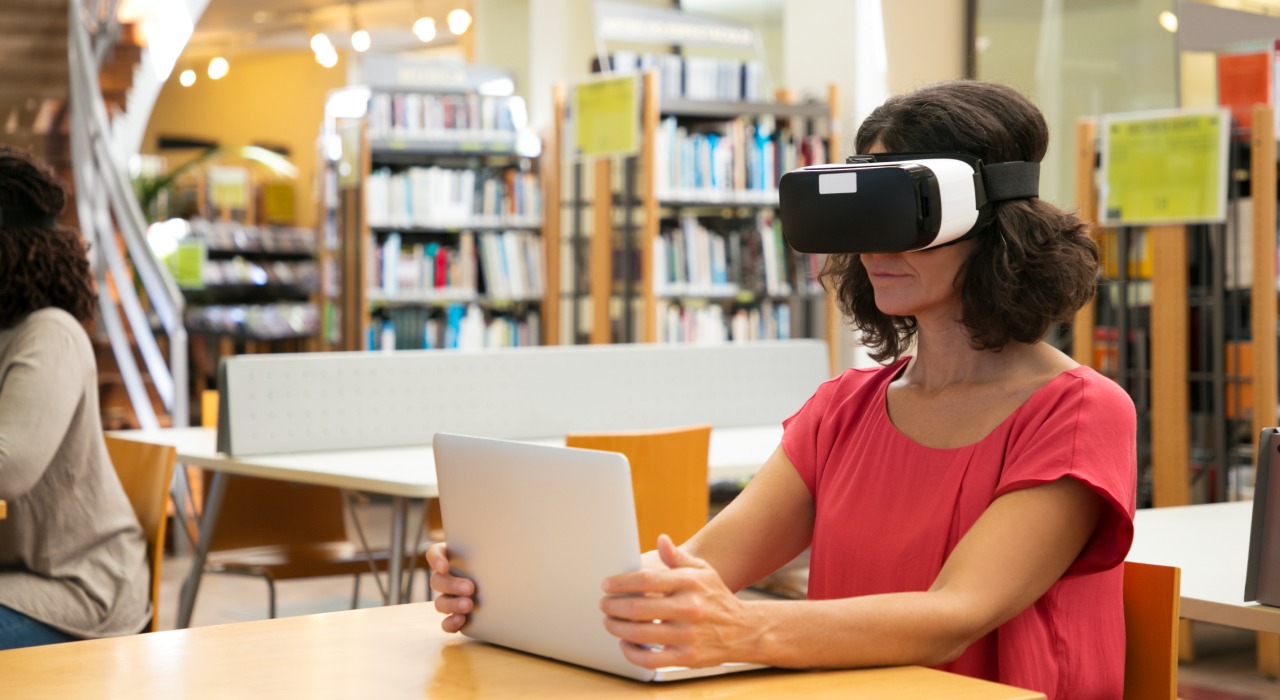
Technology has revolutionized every aspect of our lives, and education is no exception. With the advent of advanced technological tools, the landscape of education has transformed drastically. From digital classrooms to online courses, technology has redefined how we teach and learn. This shift has not only made education more accessible but also more engaging and personalized. In this blog, we will explore the various ways in which technology has impacted modern education, its benefits, challenges, and the future of learning in a tech-driven world.
One of the most significant impacts of Modern Education Technology on education is enhanced accessibility. Online platforms have made education accessible to students regardless of their geographical location. Learning is no longer confined to the traditional classroom setting. Students can now access lectures, resources, and courses from anywhere in the world, at any time. This flexibility allows learners to balance their education with other commitments, such as work or family, making education more inclusive.
International education opens doors to new cultures and ideas, broadening horizons and enhancing career prospects in a globalized world.
Modern Education Technology has enabled the development of personalized learning experiences. For instance, adaptive learning software and artificial intelligence (AI) tools analyze students’ learning patterns and preferences. Consequently, based on this data, they tailor educational content to meet individual needs. As a result, this personalized approach ensures that students learn at their own pace, ultimately enhancing both comprehension and retention.
For example, AI-driven tutoring systems can identify areas where a student is struggling and provide targeted exercises to strengthen those skills. This customized learning experience helps students achieve better academic outcomes by addressing their unique challenges. As a result, technology is empowering educators to move away from a one-size-fits-all approach and cater to the diverse needs of their students.
Access to Extensive Resources: The internet provides students with access to a vast array of resources, such as online libraries, research databases, and educational websites, which can supplement traditional textbooks and enhance learning.
Staying Updated with Current Information: By using the internet, students can easily find information on various topics, conduct thorough research, and keep up-to-date with the latest developments in their fields of study, fostering a culture of continuous learning.
The integration of technology into education has led to the development of interactive and engaging learning tools. Digital platforms, such as educational apps and online simulations, provide students with hands-on learning experiences. These tools make complex concepts easier to understand by presenting them in a visual and interactive manner.
For instance, virtual labs allow students to conduct scientific experiments in a simulated environment, enhancing their understanding of scientific principles. Gamification, which incorporates game-like elements into learning, motivates students to engage with educational content actively. By making learning fun and interactive, technology keeps students motivated and interested in their studies.
Modern Education Technology has also transformed the way students collaborate and communicate. Online platforms, such as discussion forums and group chat applications, facilitate collaboration among students, regardless of their physical location. These tools enable students to work together on projects, share ideas, and receive feedback from peers and instructors.
Furthermore, video conferencing tools have made it possible for students to participate in virtual classrooms and interact with educators in real time. This level of connectivity fosters a sense of community among learners and promotes collaborative learning. By breaking down geographical barriers, technology has created a global learning environment where students can connect and learn from diverse perspectives.

The internet has indeed become an invaluable resource for education, providing access to a wealth of information right at students’ fingertips. Moreover, online libraries, research databases, and educational websites offer a vast array of resources that can effectively supplement traditional textbooks. Consequently, students can easily find information on a wide range of topics, conduct thorough research, and even stay updated with the latest developments in their field of study. Furthermore, these online tools encourage continuous learning and exploration, making education more accessible and engaging than ever before.
Moreover, open educational resources (OERs) have made high-quality educational content freely available to learners worldwide. These resources, which include textbooks, lecture notes, and multimedia content, reduce the cost of education and provide students with additional learning materials. The availability of online information has democratized education, making knowledge accessible to anyone with an internet connection.
While the benefits of Modern Education Technology in education are numerous, there are also challenges to consider. One of the primary concerns is the digital divide, which refers to the gap between individuals who have access to technology and those who do not. In many parts of the world, students lack access to reliable internet connections or digital devices, limiting their ability to benefit from technology-enhanced education.
Additionally, the over-reliance on technology can lead to issues such as reduced face-to-face interaction and diminished critical thinking skills. Educators must strike a balance between using technology as a tool for learning and encouraging traditional methods of instruction. Cybersecurity and data privacy are also critical concerns, as the increased use of digital platforms raises the risk of data breaches and cyber-attacks.
As technology continues to evolve, the future of education looks promising. Emerging technologies, such as virtual reality (VR) and augmented reality (AR), have the potential to revolutionize learning experiences. VR and AR can create immersive environments where students can explore historical events, conduct virtual field trips, or practice complex medical procedures.
Artificial intelligence is expected to play a more significant role in education, providing even more personalized and adaptive learning experiences. AI-powered chatbots could assist students with homework questions, while predictive analytics could help educators identify at-risk students and provide timely support.
Moreover, blockchain technology could enhance the security and transparency of academic credentials, making it easier for students to share their achievements with potential employers. The integration of these technologies will continue to shape the future of education, making learning more dynamic, interactive, and accessible.
The impact of technology on modern education is undeniable. It has transformed the way we teach and learn, making education more accessible, personalized, and engaging. While there are challenges to overcome, the benefits of integrating technology into education far outweigh the drawbacks. By embracing technological advancements, we can create a more inclusive and innovative educational environment that prepares students for the future. As we move forward, it is essential to continue exploring new ways to leverage technology to enhance learning and empower the next generation of learners.

Transform your dreams into reality with Uniiwish. Your expert guidance for overseas education, visas, and work consultation.
Website Designed with ❤️ by American Webtech